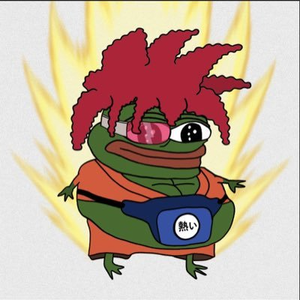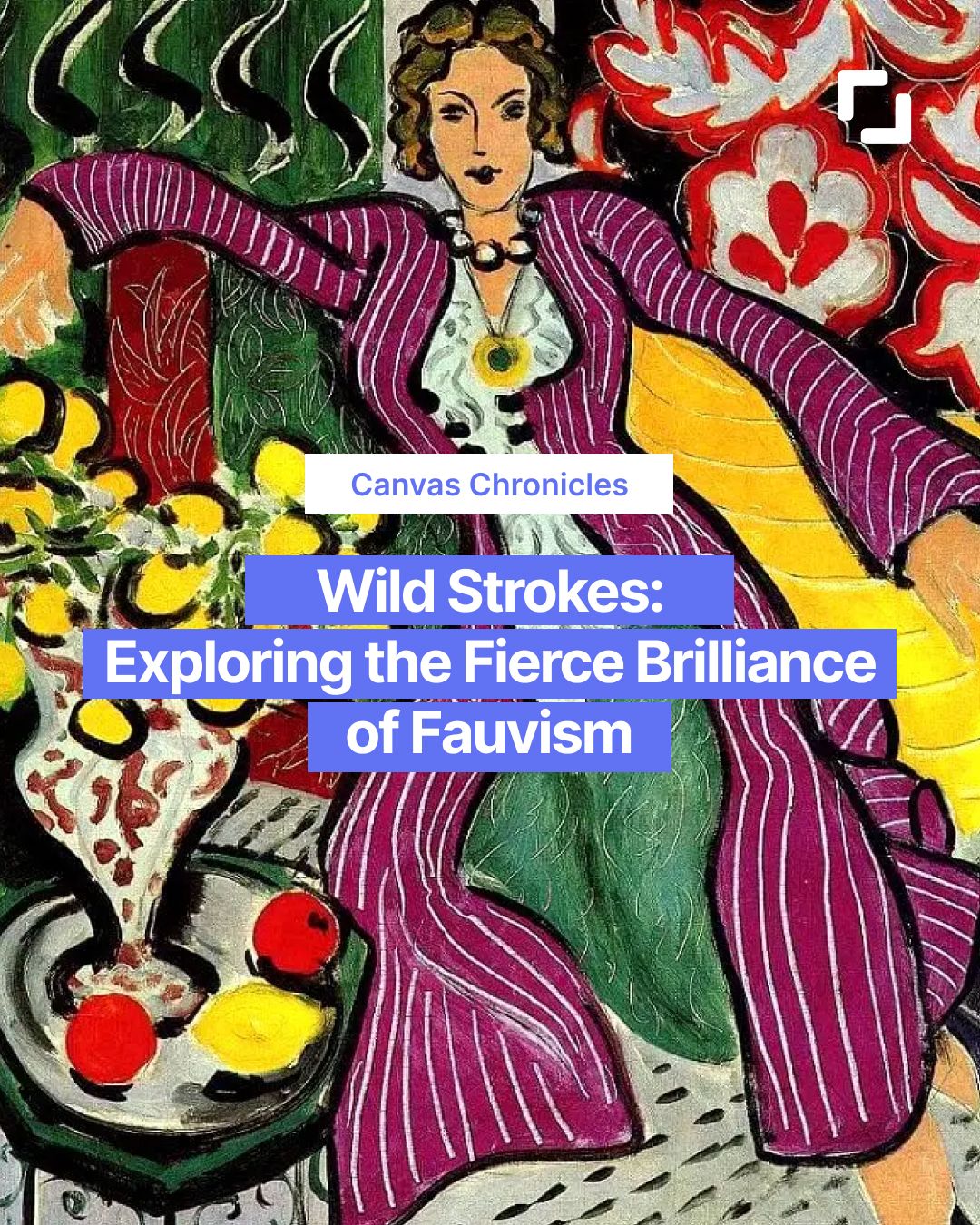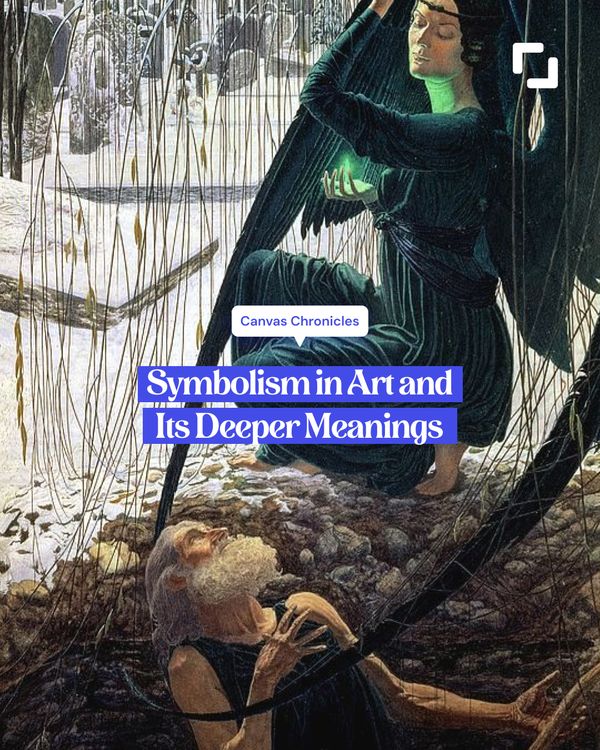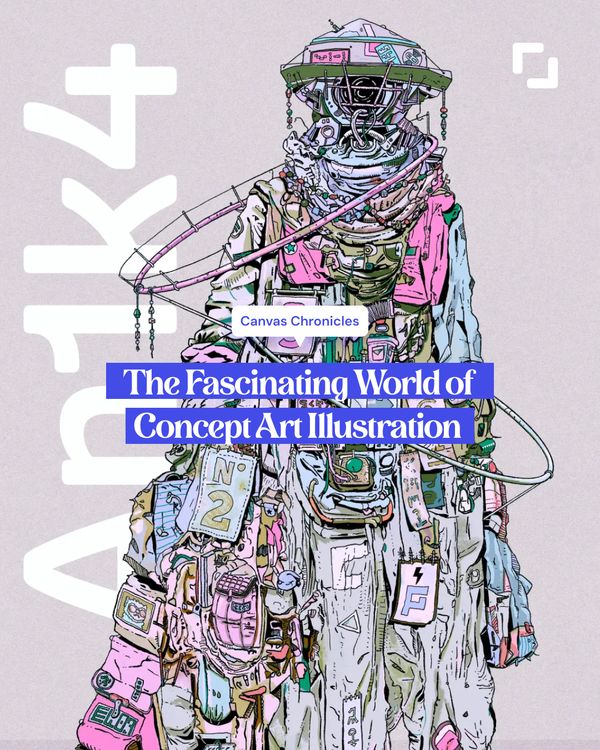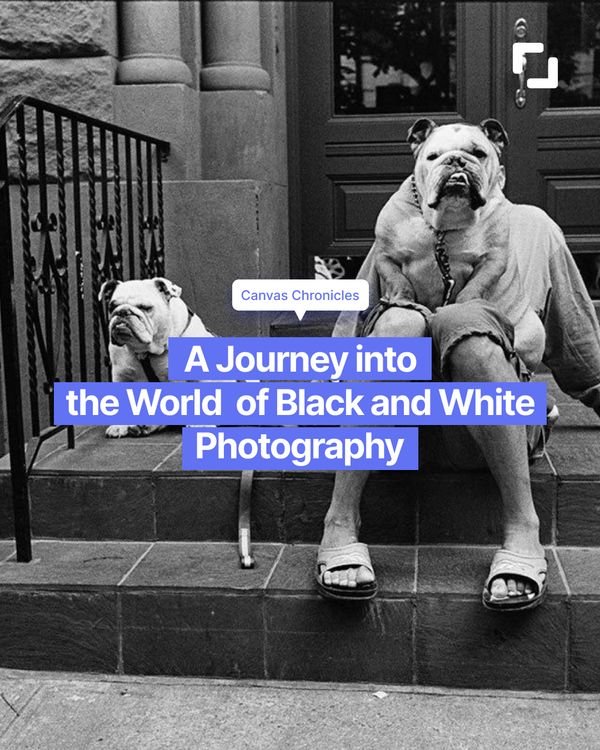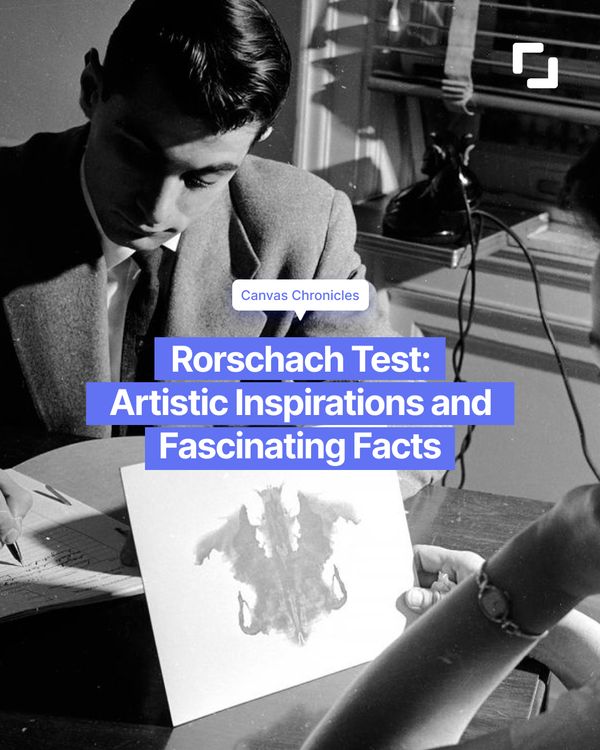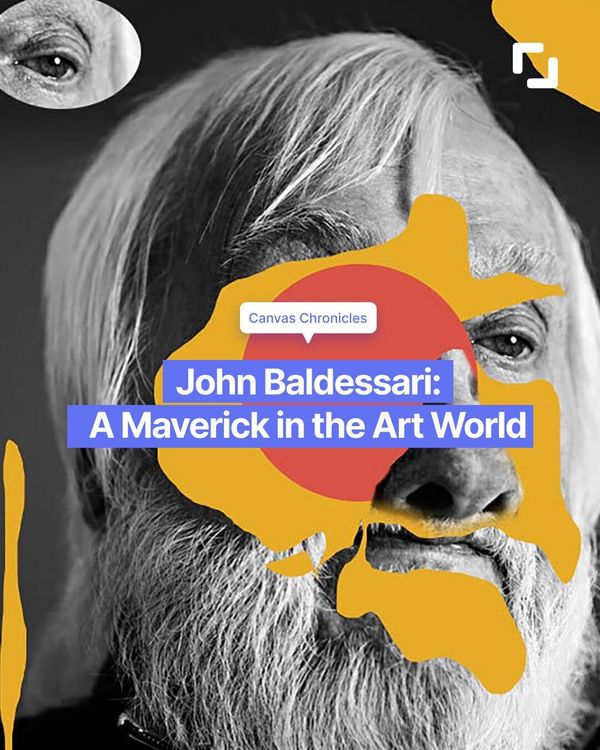Fauvism, an early 20th-century art movement, emerged as a radical departure from traditional artistic conventions. Led by influential artists such as Henri Matisse, Fauvism celebrated vibrant colors, bold brushwork, and a rejection of realistic representation. This article explores the most representative artist of the period, the record-breaking sale of Fauvist artwork, the lasting impact of Fauvism on the art world, and some fascinating fun facts about this revolutionary movement.
The Most Representative Artist of Fauvism:
Henri Matisse stands as the most representative artist of the Fauvist movement. Known for his use of intense color and simplified forms, Matisse's artworks captured the essence of Fauvism. His iconic paintings such as "The Joy of Life" and "The Dance" exemplify the movement's core principles of expressive color and vibrant energy.
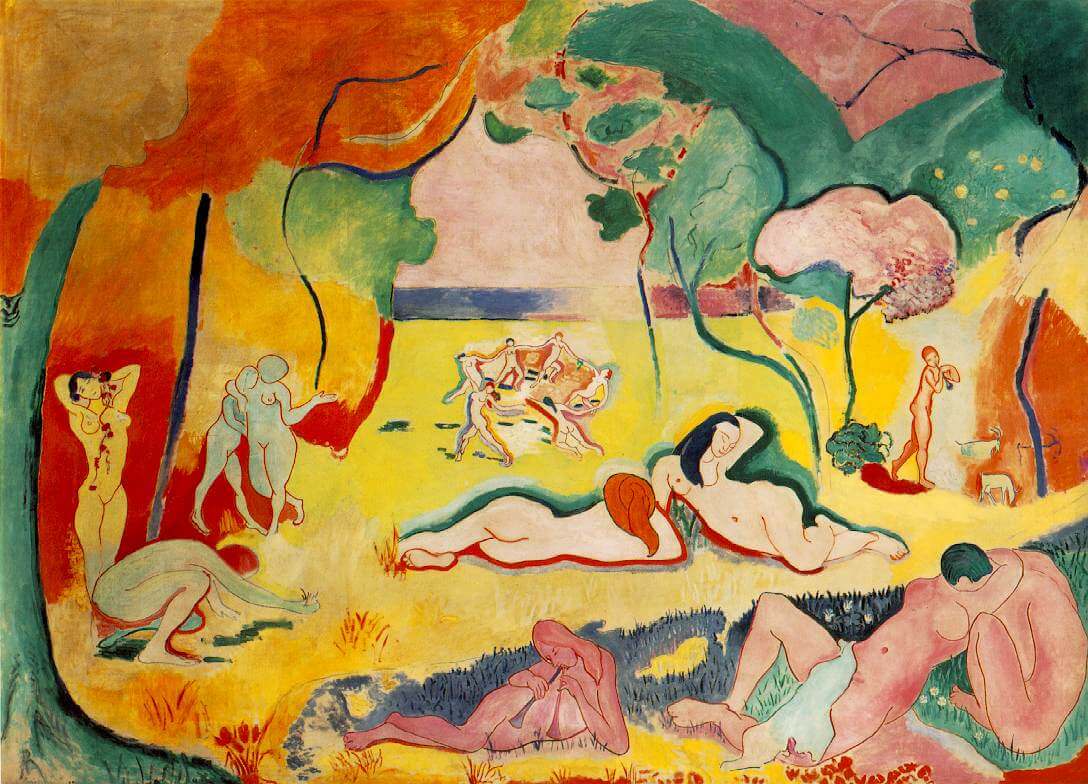
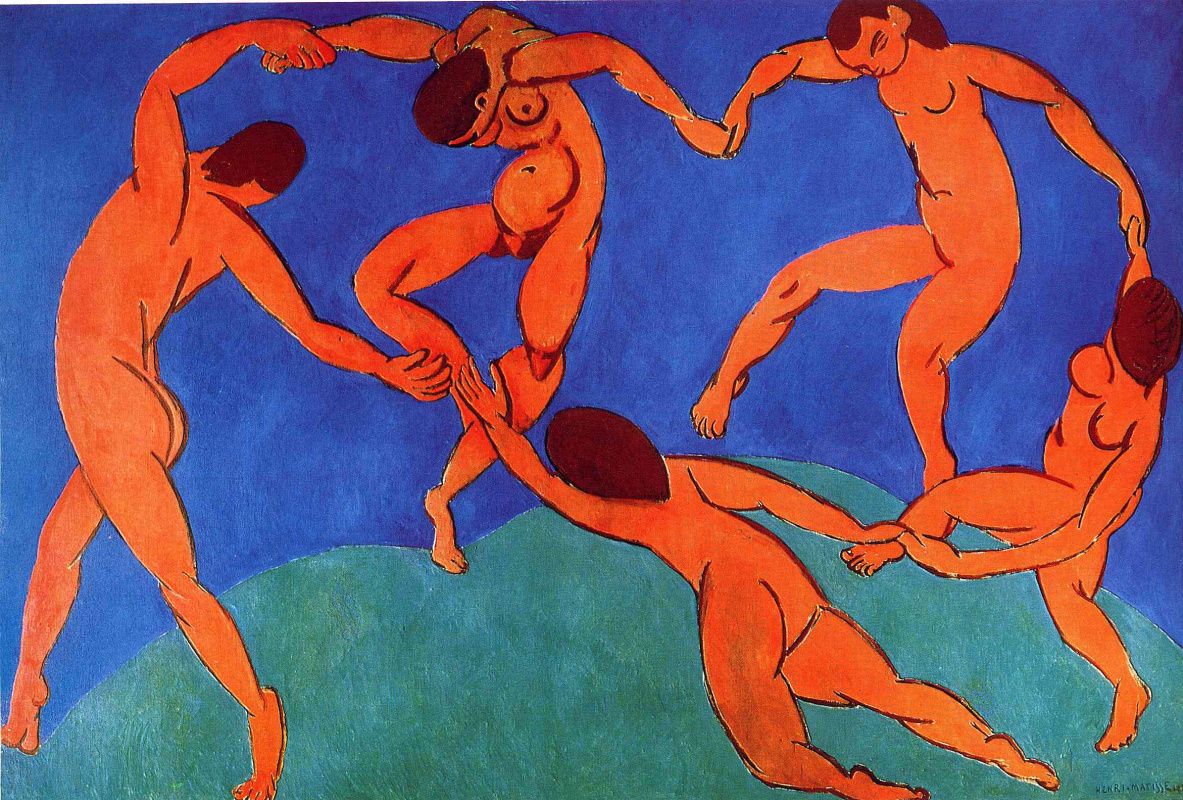
The Most Expensive Artwork Sold from the Fauvist Period:
In the realm of Fauvist art, the most expensive artwork ever sold at auction was "Les Coucous, Tapis Bleu et Rose" (The Pink and Blue Background) by Henri Matisse for $46.4 million (€35.9 million / £31.5 million) at Christie’s Paris, February 2009.
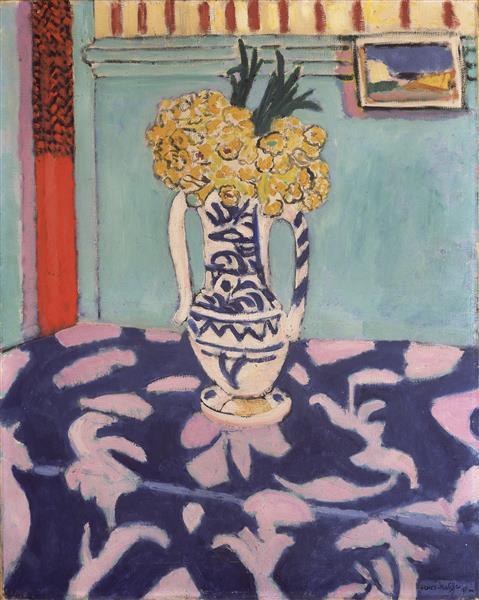
The Influence of Fauvism on the World:
Fauvism had a profound impact on the art world, marking a radical departure from the traditional techniques and subject matter of the time. By rejecting the constraints of naturalistic representation, Fauvism liberated color, allowing artists to explore the emotional and expressive potential of vivid hues. Fauvist painters aimed to evoke an emotional response from viewers through their bold use of color and simplified forms, laying the foundation for future movements such as Abstract Expressionism.
Fauvism's Impact Today:
The influence of Fauvism can still be seen in contemporary art. The movement's emphasis on the expressive power of color and the liberation of form has inspired artists to push the boundaries of traditional artistic techniques. Fauvism's legacy can be observed in the works of contemporary artists who continue to explore the interplay of color and emotion, breathing new life into the principles established by the Fauvist painters.
Fun Facts about Fauvism:
a) The term "Fauvism" originated from a French art critic Louis Vauxcelles, who described the paintings of the Fauvist artists as the work of "wild beasts" (les fauves) due to their intense use of color.
b) Fauvist painters often used non-naturalistic, arbitrary colors to express emotion rather than depicting objects realistically.
c) The Fauvists were inspired by non-Western art, including African and Oceanic sculptures, which influenced their simplified and abstracted forms.
d) Fauvism had a short-lived existence, lasting only from 1904 to 1908, but its impact on the art world was profound and long-lasting.
e) Fauvism laid the groundwork for the development of other influential art movements, including Cubism and Expressionism.
Fauvism, led by Henri Matisse and other talented artists, challenged the artistic norms of its time and redefined the role of color and expression in art. The movement's emphasis on vibrant colors, simplified forms, and emotional impact continues to resonate with artists today. Fauvism's bold exploration of color paved the way for future artistic revolutions and left an indelible mark on the art world. As we continue to appreciate the Fauvist works, we can marvel at the audacity and creativity that propelled this movement into the annals of art history.
Fauvism on Exchange Art:
1.Feel by Rachelle
The artist focus on capturing the essence and emotional resonance rather than realistic depiction of the portrait. Yet, the result is very beautiful.

2. Requiem by michel23ortega
This artwork could be characterized by its bold use of color, expressive brushwork, and simplified forms that sums up on a Fauvistic expression.

3.Popunk by michel23ortega
This painting celebrates the liberation of color and form, pushing the boundaries of artistic expression.

4. The best day of my life by michel23ortega
The artists embraced vibrant and non-naturalistic hues, often applied directly from the tube, creating intense and emotive visual impact

5.AALUBTAI by michel23ortega
Michel23ortega prioritized the emotional and psychological power of color over accurate representation, resulting in artworks that exude energy and intensity.

6. Pretty Bird by Nerdy
This artist have a sense of spontaneity, capturing the raw energy of the subject matter.


